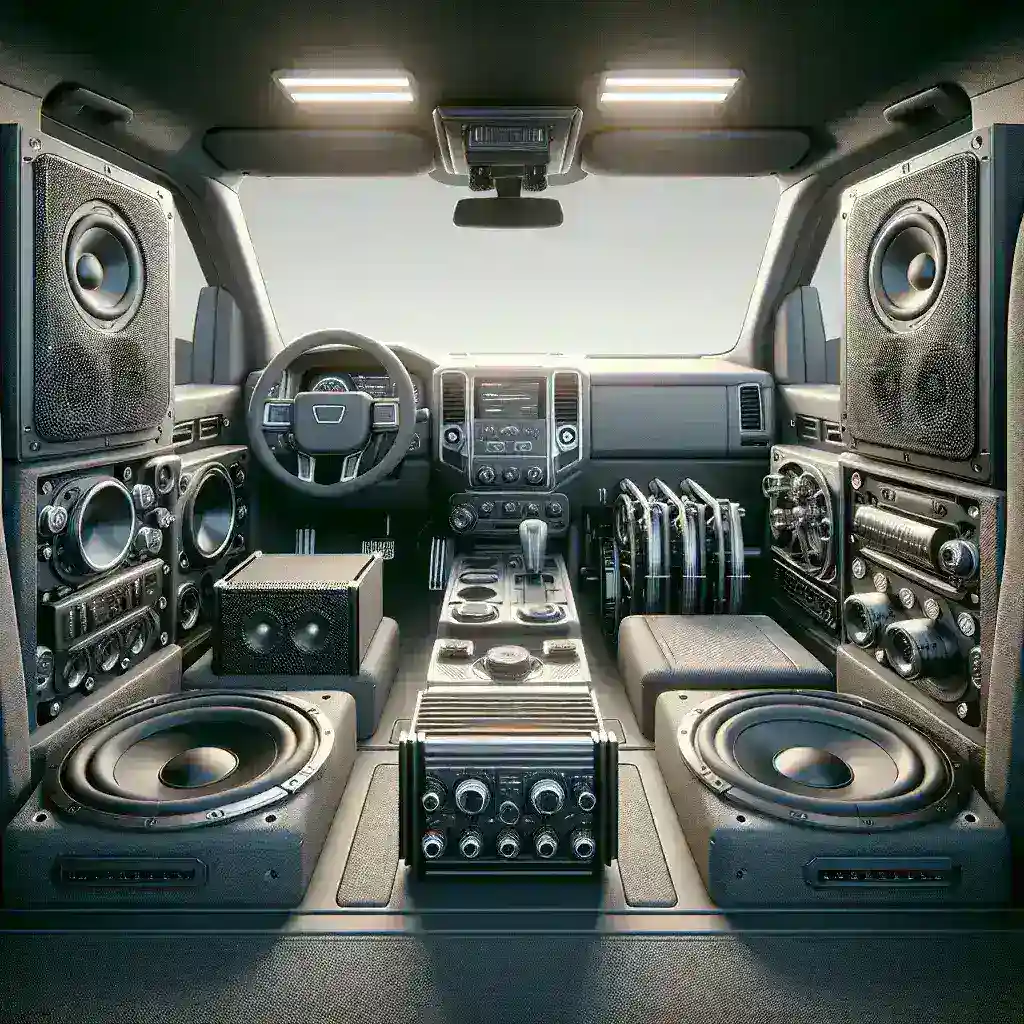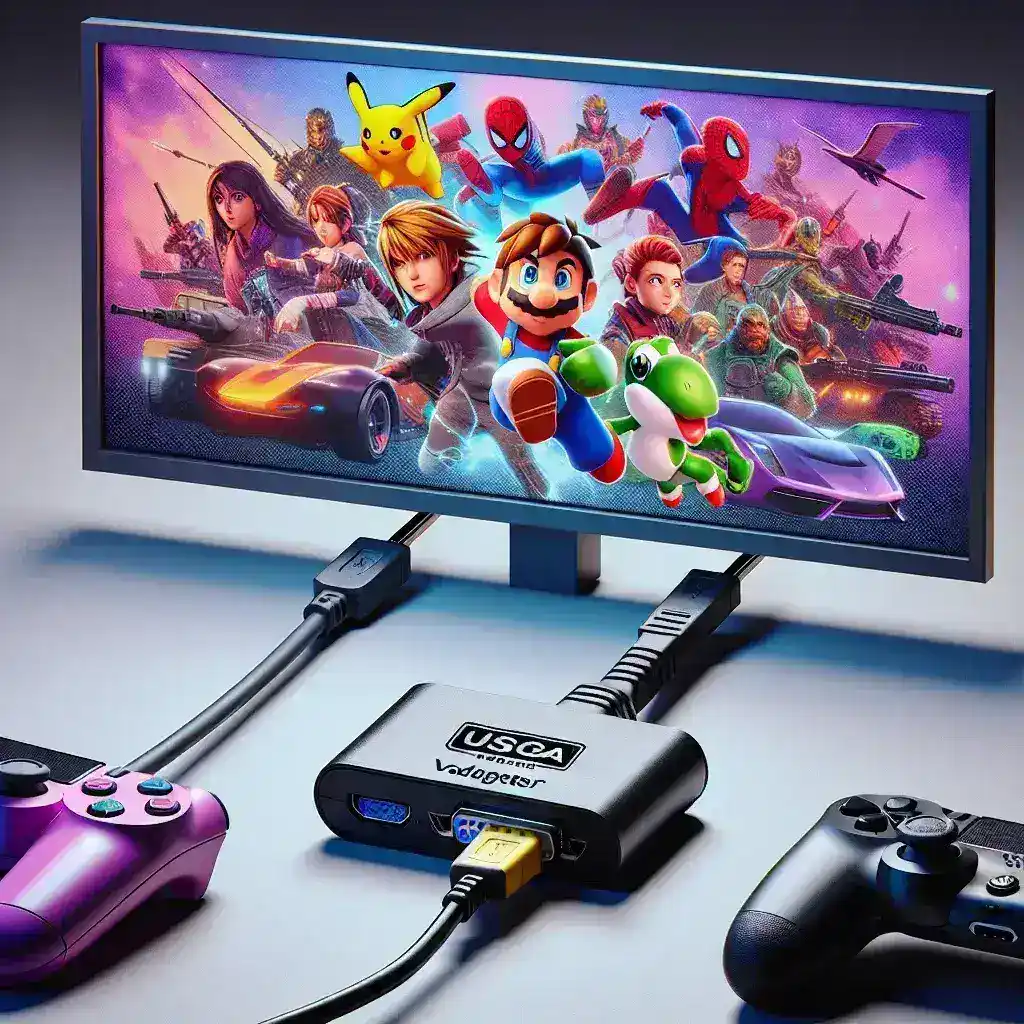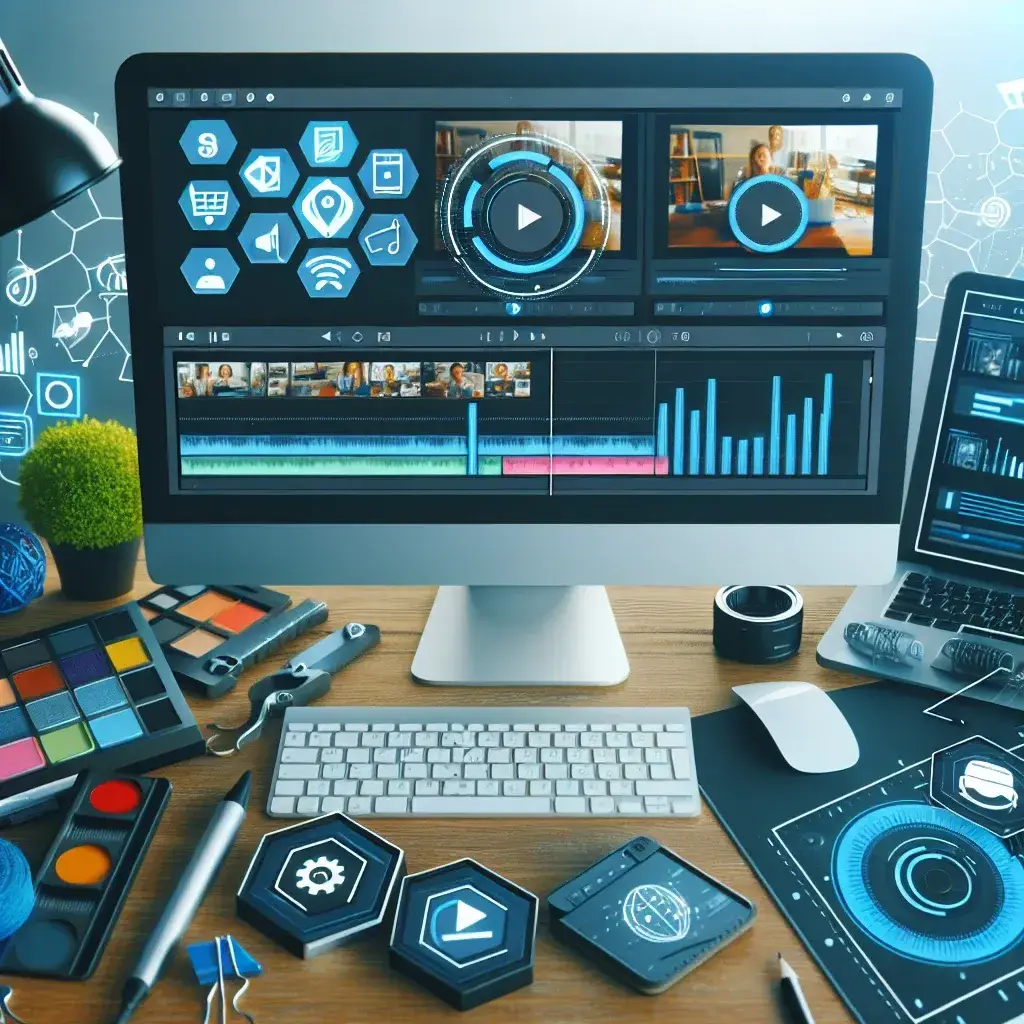Achieving the best possible sound quality in your vehicle involves more than just installing a set of high-end speakers. From understanding the acoustic dynamics of your car to selecting the right equipment, there are several variables at play. Let’s delve into how you can optimize your car audio system for an immersive auditory experience.
Understand Your Car’s Acoustics
Every vehicle has its own unique acoustic environment influenced by factors such as interior materials, seating arrangement, and even the shape of the cabin. Here, a quick overview of general car acoustics:
| Factor | Impact on Sound |
|---|---|
| Interior Materials | Soft materials absorb sound, reducing echo |
| Cabin Shape | Varies sound reflections |
| Seating Arrangement | Alters sound dispersion |
Understanding these factors helps in making informed choices about speaker placement and sound tuning.
Replace Factory Speakers
Factory-installed speakers are often subpar compared to aftermarket options. When upgrading:
- Choose speakers with a high sensitivity rating for better efficiency.
- Match speaker sizes and specifications to your car for seamless installation.
Amplify Your Sound
An amplifier provides the necessary power to drive your speakers effectively, resulting in a clearer and louder output.
Choosing the Right Amplifier
- Consider wattage: Ensure the amp can handle the power requirements of your speakers.
- Decide between a mono, 2-channel, or multi-channel amplifier based on your setup.
An amplifier is particularly essential if you’re adding a subwoofer to your system.
Add a Subwoofer
A subwoofer captures the low-end frequencies that standard speakers often miss. It is crucial for creating a balanced sound profile.
Types of Subwoofers
- Component Subwoofers: Require separate enclosures and amplifiers.
- Enclosed Subwoofers: Come pre-mounted in a box, easier to install.
- Powered Subwoofers: Combine a sub and an amplifier for a compact solution.
Upgrade Head Unit
The head unit (or stereo) is essentially the brain of your car audio system. Advanced models offer features like:
- Better sound quality and control
- Connectivity options like Bluetooth and USB
- Built-in equalizers and sound processors for fine tuning
Sound Dampening
Reducing road noise and vibrations can significantly improve your audio experience. Sound dampening materials like Dynamat can be applied to:
- Doors
- Floorboards
- Trucklids
These materials minimize external noise, allowing you to appreciate the finer details of your music.
Tuning Your System
Once all components are in place, fine-tuning your system is essential for optimal performance. Consider:
- Equalization: Adjust frequency bands to balance sound.
- Time Alignment: Ensures sound from all speakers reaches your ears simultaneously.
- Crossover Settings: Directs appropriate frequencies to corresponding speakers.
Professional vs Self Tuning
While DIY tuning tools and apps are available, professional tuning services can provide expert-level calibration. Professionals use specialized equipment to measure and adjust sound parameters precisely.
Regular Maintenance
Maintaining your car audio system ensures longevity and continued performance. Regularly check for:
- Loose wires and connections
- Dust and debris in speakers and vents
- Software updates for digital components
By staying proactive with maintenance, you can prevent common issues and keep your system running smoothly.
Conclusion
Optimizing your car audio system involves a combination of choosing the right components, understanding your vehicle’s acoustics, and fine-tuning the setup to suit your preferences. Whether you’re a casual listener or an audiophile, these steps will help elevate your in-car audio experience.




